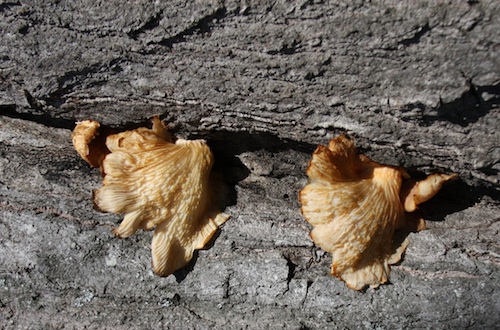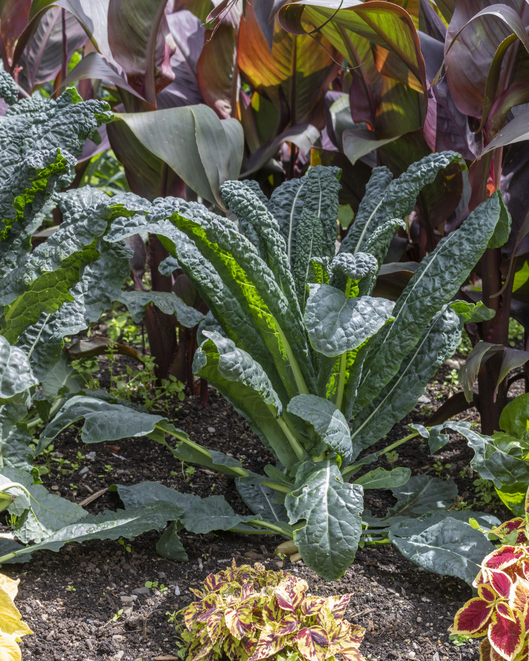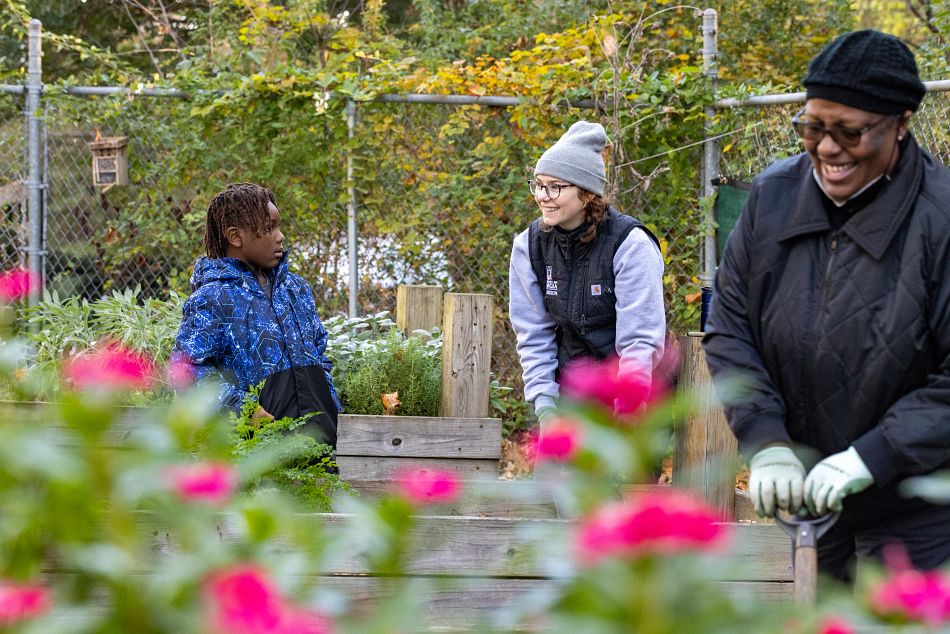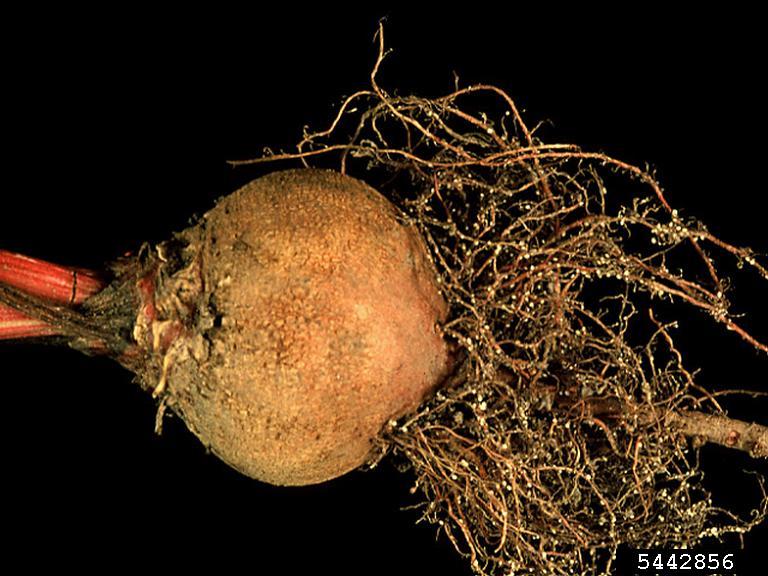Urban trees tend to have shortened lives, some living no more than 50 to 80 years. Urban forests in many metro areas have started to mature and decline, and are very susceptible to trunk-rotting and buttress root-rotting organisms.
Wood-rotting organisms can slowly nibble away at trunks and buttress roots. Trees often regenerate new, nonstructurally supportive feeder roots that mask the signs of structural root loss. Many trees that topple look perfectly healthy before they fall. Afterward, it becomes clear that there were absolutely no structural roots remaining for support.
As a University of Georgia Cooperative Extension agent in Rockdale County, I have seen many trees in Conyers, Georgia, with fungal conks (a sign of fungal infection) growing at their bases. The best time to scout for these symptoms is just after a long period of cool, wet weather.
Buttress roots
The “root collar” is where the roots meet the tree trunk. This area is critical in its function as the main link between the upright trunk and lateral roots.
Trees are load-bearing structures and are designed to support great stress. Trees operate under the same physical principles of weight distribution as skyscrapers. Stress from wind on the aerial portion of the structure is transferred down to the foundation.
Just as buttresses on medieval churches are an architectural feature designed to support the walls, the buttress roots of the root collar are designed to support the tree. The decay of root collar wood reduces the structural integrity of the tree.
Adventitious roots are roots that arise from latent buds in wood in response to stress. As a tree slowly loses its main roots, it makes new feeder roots. Over the course of years, a tree can supplement root loss due to rot by creating these new, nonsupportive roots.
Many fungi rot trees at the soil line. The following diseases are the most common and virulent in Southern hardwoods, especially oaks.
Inonotus buttress rot
The most common buttress and root collar-rotting fungus of water oaks is Inonotus, Inonouis dryadeus or “the weeping conk.” It mostly affects oaks, but can affect conifers, too.
Inonotus enters trees when a lack of tree vigor weakens the tree. In oaks, rot doesn’t occur much above ground level. Massive fruiting bodies start out as large, white, softball- to bowling-ball-sized “marshmallows” that ooze clear, yellow liquid containing spores. Wind and rain spread the spores in November and February.
Scouting for Inonotus requires a sharp eye. After the “marshmallows” dry, they turn into woody structures that are difficult to discern from tree bark. The fruiting bodies can be seen when they are fresh, but once they dry, they become camouflaged. The fruiting bodies are perennial and grow to astonishing sizes.
Ganoderma root rot
One of the most common buttress rots of Southern hardwoods is also one of the most beautiful native fungi of Eastern forests. Ganoderma lucidum is a fungus with fruiting bodies found on buttresses or exposed roots. It is active, aggressive and can seriously undermine tree integrity.
Affected trees usually show rapid decline. The symptoms include shortened twig growth, off-color foliage and branch dieback. Signs of the disease first appear as reddish-colored varnished stalks emerging from the soil around infested trees. These fruiting bodies eventually flatten out on the top into a half moon-shaped bracket.
Ganoderma invades physically damaged trees. Soil compaction, lawnmowers, vehicles, herbicides and other damage can expose trees to infection. Spores infect wounds and fungus spreads through the root collar and into roots, and it can spread through root grafts.
Armillaria root rot
Armillaria mellea, or the “shoestring root rot” or “oak root fungus,” is an aggressive tree pathogen. It causes 35 percent of tree deaths in North America. It is easily recognizable when it is fruiting by big bunches of 12-inch-tall, honey-colored mushrooms that grow from shallow roots or the root collar.
Armillaria causes reduced tree growth, undersized chlorotic leaves and death. The fungus attacks in conjunction with other pests, like wood-rotting fungi in the main trunk and wood-boring insects. It kills trees and makes them more susceptible to invasion by buttress-rotting fungi.
Treatment
Inonotus, Ganoderma and Armillaria are preventable but not curable. Stressed, damaged and weakened trees are more susceptible, so prevention is key.
Avoid planting trees in undersized spaces. Consider the ultimate size and choose trees that will not overgrow their space. Do not plant trees so close to structures that the roots will become restricted.
Use care to prevent trees from suffering wounds, which become the entryways for fungi.
Finally, care for mature trees properly and try to avoid poor tree vigor. Symptoms of decline include leaf drop, bark shedding, limb falls, poor leaf production, and size and cavities in the trunk.
Proper fertility and water management will do more for tree health than any pesticide.
If you find buttress-rotting fungal conks on your trees, call an International Society of Arboriculture-certified arborist and ask to have the tree evaluated for safety.








